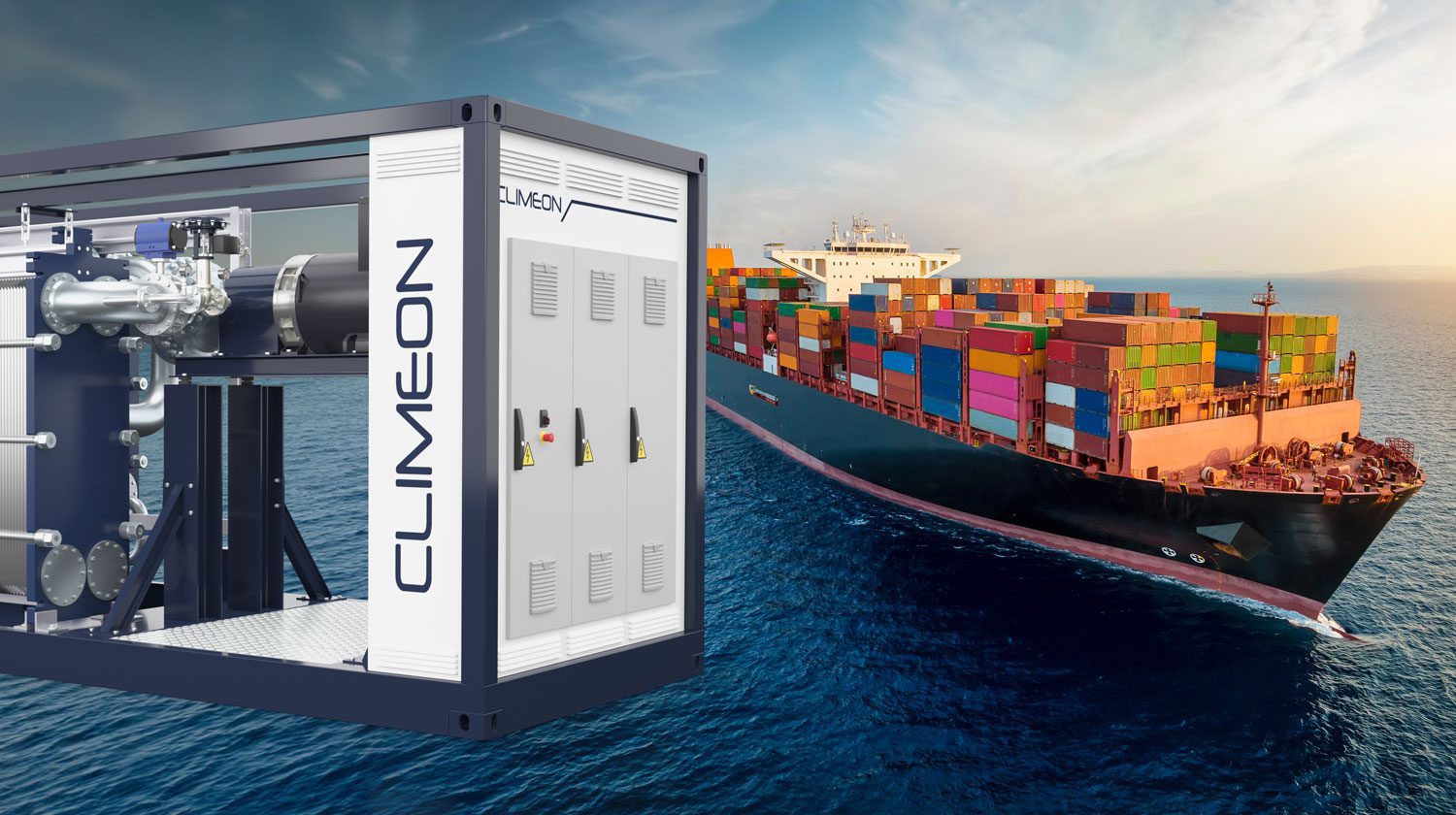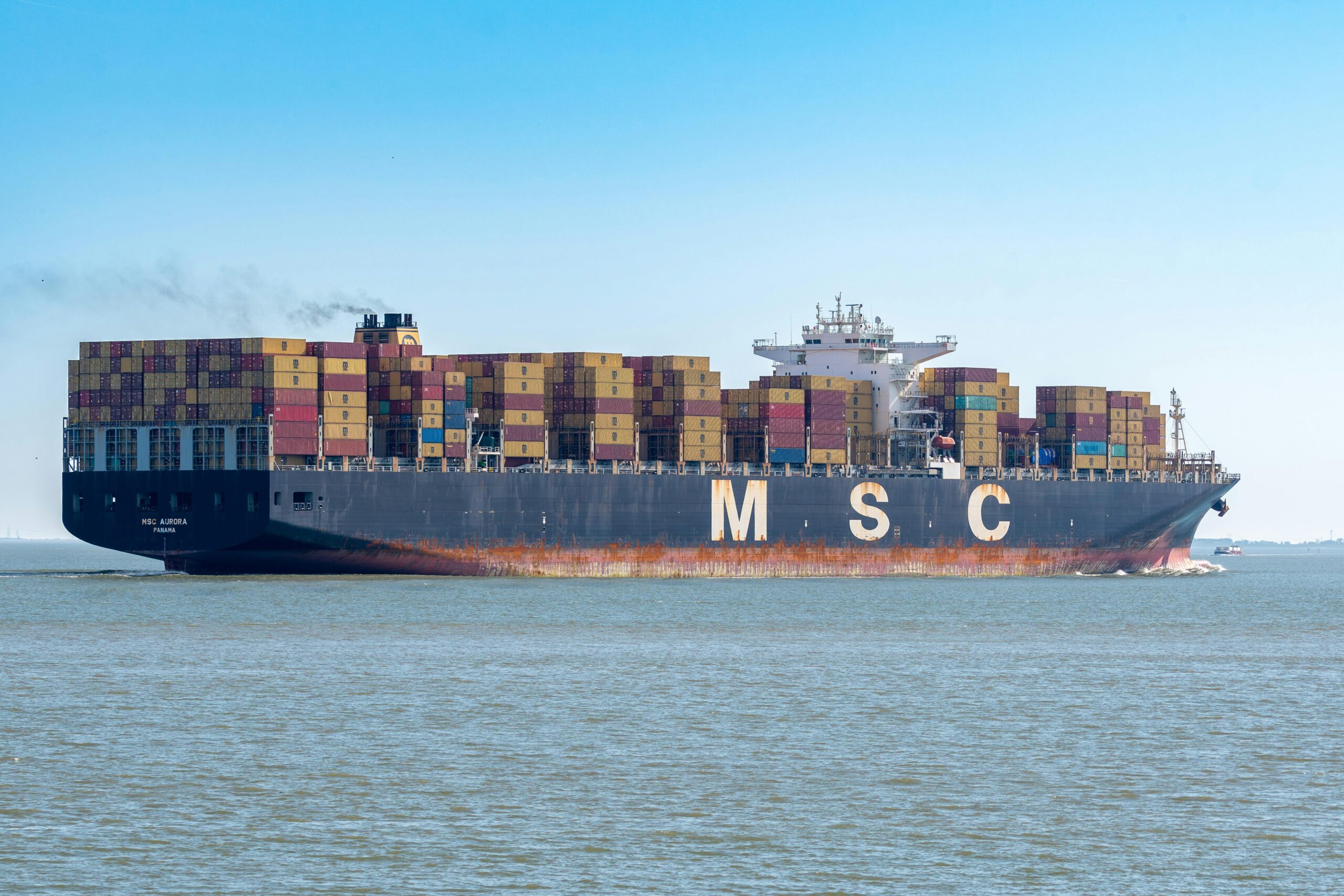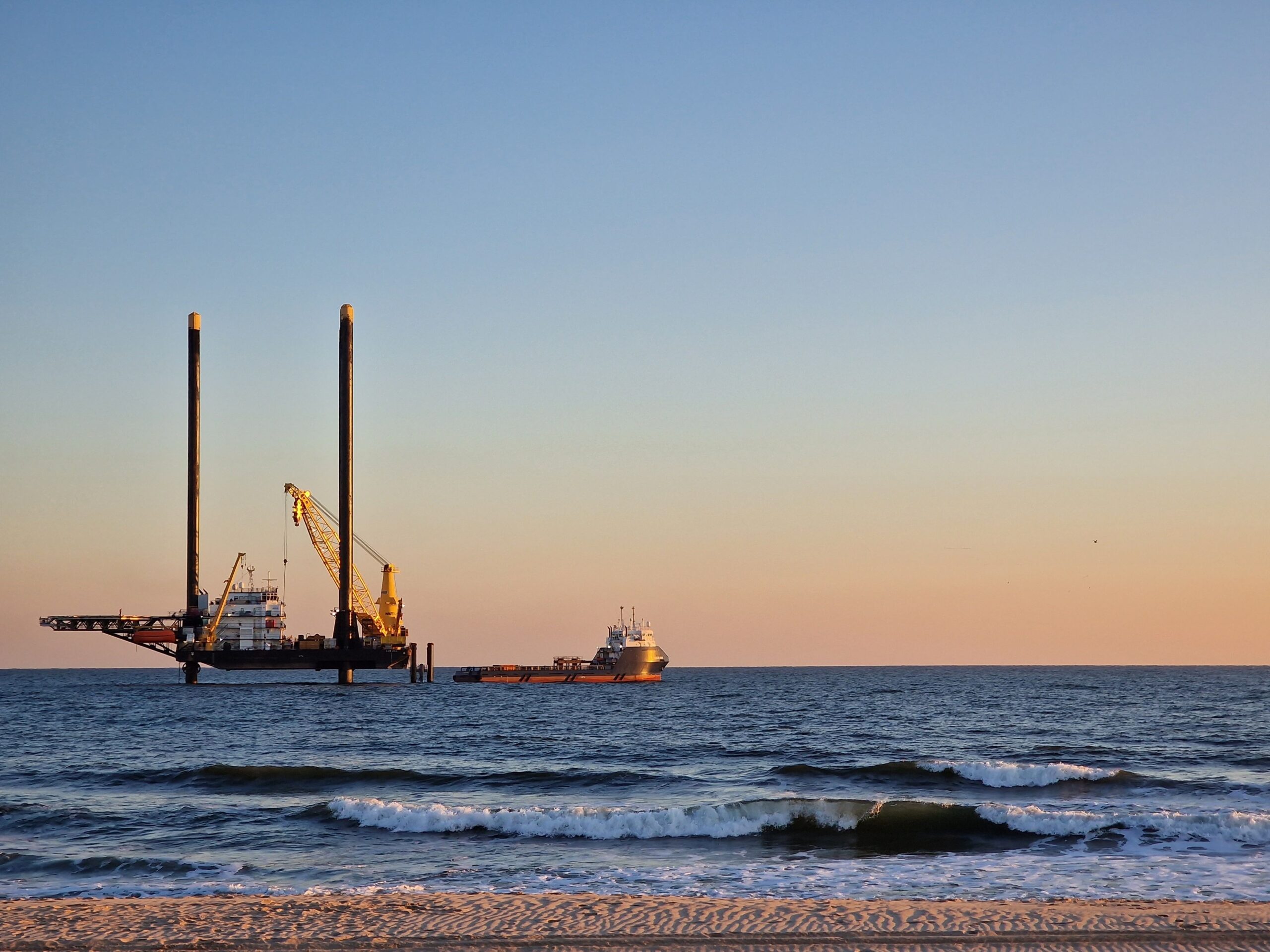From the IMO’s revised GHG strategy to the expansion of the EU Emissions Trading System (ETS), the shipping industry is under increasing pressure to reduce greenhouse gas (GHG) emissions.
In response to tougher regulations, most, if not all, shipowners and operators have adopted ambitious sustainability goals and implemented strategies to help them mitigate their environmental impact. One of the most effective ways to achieve this is via the integration of sustainable technologies onto existing ships and new-build vessels.
Waste heat recovery (WHR) systems, like Climeon’s HeatPower 300 Marine, are amongst the transformative technology that’s being used by the world’s largest shipbuilders and shipping companies, but how does WHR make ships more environmentally friendly and why is it proving to be such a popular form of emissions reduction within the maritime industry?
What Is Maritime Waste Heat Recovery?
Whenever a ship’s engines are in use, heat is generated and, in many cases, this heat is underutilized. Maritime waste heat recovery (WHR) is simply the concept of repurposing this waste heat to facilitate on-board operations, such as heating, freshwater generation, and power.
However, most traditional on-board waste heat consumers utilize high-temp waste heat, yet the majority of heat generated by a ship’s engines is low temperature. With the latest sustainable technology, rather than discarding this wastewater out to sea, this low-temp waste heat can be used to produce on-board sustainable electricity.
When sustainable electricity is being generated from waste heat, a ship is less reliant on diesel-powered generators and, therefore, less fuel is consumed. In turn, fewer emissions are generated, and shipping companies can move closer to achieving their sustainable goals.
Maximizing Power Outputs and Emissions Reductions with Low-Temp ORC WHR
Using an Organic Rankine Cycle (ORC) to exploit the varying pressure of a cold input source (seawater) and a hot input source (waste heat) to power a turbine, low-temp ORC WHR systems, like Climeon’s HeatPower 300 Marine system, generate carbon-free electricity whenever the ship’s engines are in use and waste heat is being produced.
HeatPower 300 Marine utilizes on-board waste heat from temperatures as low as 80°C. This significantly increases the amount of waste heat that can be converted into sustainable electricity and, therefore, enhances power outputs and subsequent emissions reductions too.
In addition to this, Climeon’s low-temp ORC HeatPower 300 Marine technology can operate using waste heat from a single source of on-board waste heat, such as jacket cooling water. This simplifies the integration process, thus delivering additional cost savings and accelerating the installation process.
Waste Heat Recovery: Combining Profitability with Sustainability
Increasing sustainability and reducing emissions was once seen as a costly compliance issue but this is no longer the case. Innovative maritime technology has highlighted the potential of increasing sustainability and boosting profitability, which has incentivized shipowners and operators to embrace a more sustainable future.
As Climeon’s HeatPower 300 Marine system has shown, integrating waste heat recovery systems onboard vessels can have a positive economic impact and an attractive ROI due to the reduction in fuel costs that occur when clean electricity is being produced on board. This, in addition to simplified integration options, reduced payback periods and a lower cost-per-produced kilowatt, highlights the economic incentives that make WHR a popular form of sustainable tech amongst leading shipowners and shipbuilders.
Furthermore, HeatPower 300 systems can be retrofitted onto existing vessels or integrated into new-build ships. With the potential to reduce carbon emissions by 100,000 mt over a ship’s 25-year lifespan and relatively low payback periods, HeatPower 300 Marine represents a viable and cost-efficient method of emissions reductions for both current fleets and new-build vessels.
Future-Proofing the Shipping Industry
As updated regulations are set to be enforced, reducing emissions is time-critical across the maritime sector. However, shipping companies are looking for long-term solutions that will deliver both environmental and economic benefits over a vessel’s lifetime and this is, perhaps, one of the reasons that low-temp ORC WHR is so well-suited to the industry.
Climeon’s HeatPower 300 Marine system can be used in conjunction with additional on-board sustainable tech to maximize emissions reductions and fuel conservation. This enables shipping companies to achieve optimal emissions and cost savings by customizing a ship’s on-board sustainable tech to match the vessel’s design and operational route.
In addition to this, low-temp ORC WHR is compatible with emerging sustainable maritime solutions, such as green fuels. As some shipowners begin the transition to cleaner fuels, a ship’s energy efficiency can be increased via the integration of a low-temp ORC WHR system.
When HeatPower 300 technology is used alongside clean fuel, for example, the total on-board power output is enhanced without increasing fuel consumption. This generates further cost savings and can allow shipping companies to offset some of the increased cost associated with cleaner fuels, such as methanol, ammonia and hydrogen.
As HeatPower 300 Marine does not require any design and operational modifications to work in conjunction with green fuels, shipowners and operators can future-proof their vessels and increase energy efficiency via the integration of low-temp ORC WHR systems.
Achieve Sustainability Goals with HeatPower 300 Marine
Already generating on-board sustainable electricity on a number of ships, Climeon’s HeatPower technology is helping shipping companies to move closer to a truly sustainable future. Chosen by the world’s largest shipbuilder, HeatPower 300 Marine highlights the fiscal and environmental benefits that sustainable maritime tech can deliver and exemplifies the critical role low-temp ORC WHR can play in the future of the maritime industry.
To find out more, visit www.climeon.com

 Join The Club
Join The Club











